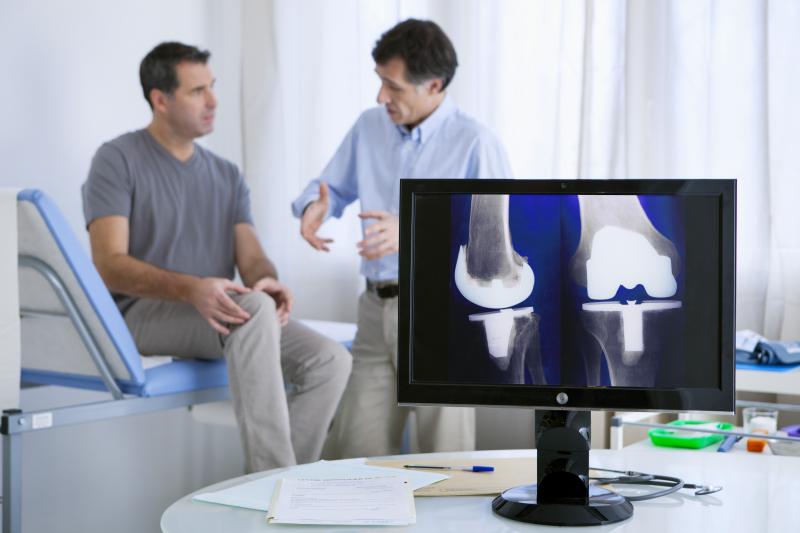
People with increased intramuscular fat infiltration (IMFI) in the thigh are at heightened risk of knee and hip osteoarthritis, according to a study.
Researchers used data from the UK Biobank and looked at participants with baseline IMFI in thigh muscle, as assessed by MRI, and no history of knee or hip osteoarthritis. Analyses of IMFI of anterior and posterior thigh muscle with knee osteoarthritis included 24,224 and 24,221 participants, respectively. On the other hand, analyses of IMFI of anterior and posterior thigh muscle for hip osteoarthritis included 24,767 and 24,764, respectively.
Over a mean follow-up of 4.9 years, 472 participants received a diagnosis of knee osteoarthritis, while 387 received a diagnosis of hip osteoarthritis.
In Cox proportional hazard models, higher vs low IMFI in the anterior thigh showed a significant association with incident knee osteoarthritis (second quartile: adjusted hazard ratio [HR], 1.78, 95 percent confidence interval [CI], 1.19–2.65; third quartile: adjusted HR, 2.00, 95 percent CI, 1.34–2.99; fourth quartile: adjusted HR, 2.34, 95 percent CI, 1.53–3.59; p<0.01 for trend).
Meanwhile, increased IMFI in both anterior and posterior thigh was significantly associated with hip osteoarthritis (p<0.01 for trend for both).
Dose-response relationships were observed in restricted spline models, while the interaction and subgroup analyses showed that the effect of IMFI was independent of BMI and sex.
The findings underscore the potential of interventions targeting IMFI reduction in the prevention of osteoarthritis and mitigating its impact.